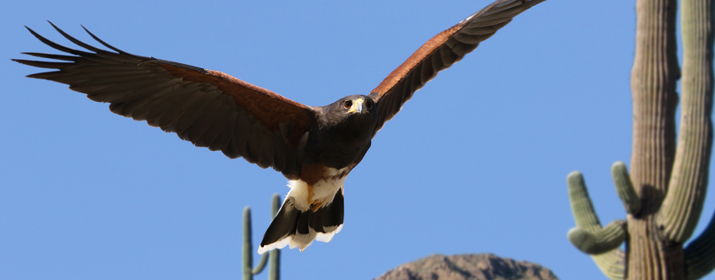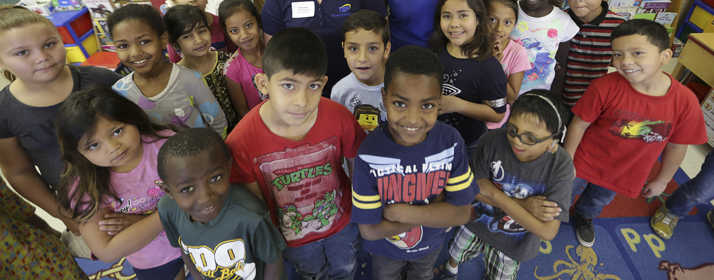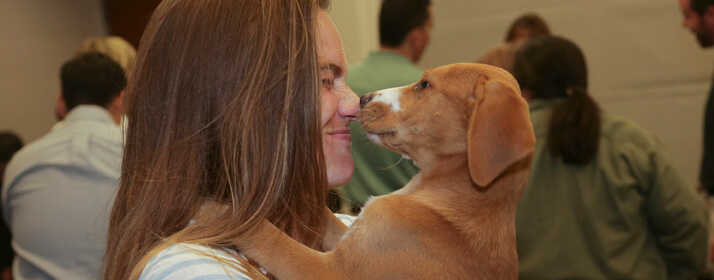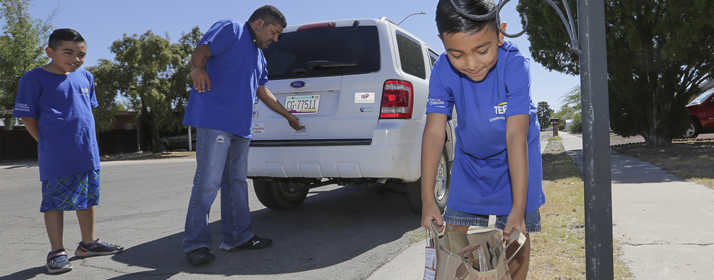
Keeping birds of prey safe from hazardous utility equipment requires ongoing efforts in creativity, innovation and stealth.
TEP recently erected a pole equipped only with an artificial nesting box in the Green Valley area. Its only purpose is to provide a safer home for raptors who had built their own nest atop an energized pole about 40 feet away.
It’s the third faux utility pole that TEP has installed to protect raptors from electrical hazards.
Twigs from the hawks’ nest near TEP’s Canoa substation had fallen onto equipment below in early March, causing a fire that resulted in a service disruption.
Installing a safer pole near an existing nest is a best practice recommended by the international Avian Power Line Interaction Committee, and it has been a successful practice in the utility industry.
TEP will monitor the nest and, when the chicks hatch, linemen will quickly and craftily move the nest to the nearby nesting box. When the mother leaves the nest, a blanket will be placed over the chicks and a cardboard platform will be slid underneath the nest. Linemen then will move and place the nest in the nearby artificial nesting box and pull out the cardboard.
If all goes according to plan, the chicks – and their parents – will have no idea they’ve moved.
Larry Weigel, TEP Transmission and Distribution Supervisor, who manages TEP’s Raptor Protection Program, gets great satisfaction from his work. “I’m an avid sportsman. I hunt, fish, camp and hike. Every minute that I can spend outdoors, I do. This part of my job provides an opportunity to make a positive impact by supporting TEP’s regulatory compliance and protecting wildlife.”






